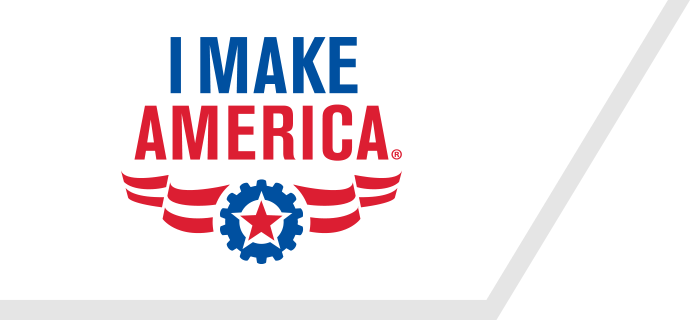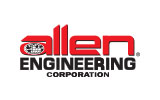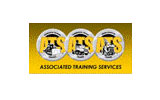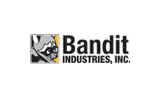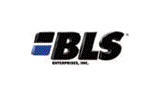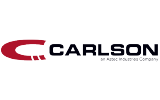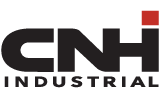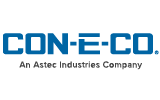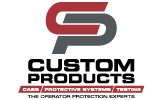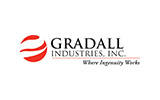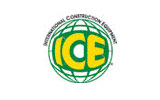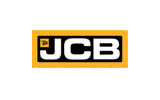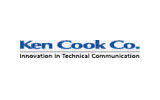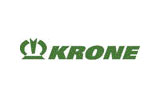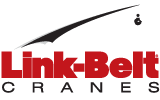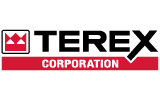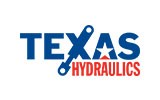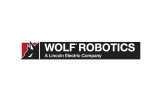This Story is by Jake Gaylord, North American Technical Training Manager, Wacker Neuson.
As someone who works every day to deliver best-in-class worker training programs for a global manufacturing company, workforce development is special to me. I’m also keenly aware of how important it is to the future of our industry.
According to a recent report, two million manufacturing positions could be left unfulfilled over the next decade if we don’t do a good job preparing our next generation of workers.
That’s why as the North American Technical Training Manager for Wacker Neuson, I take the implementation of best-in-class learning experiences for Wacker Neuson’s dealers very seriously. At Wacker Neuson University we use a blended solution of online and instructor led learning to support our over 4,000+ students across North America.
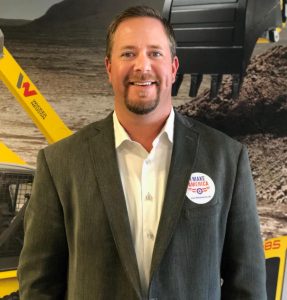
In order to obtain the level of industry-wide workforce development needed to fill millions of future jobs we’re going to need help from policymakers.
Our culture is dominated by news of the latest advancements and offerings from companies that populate the tech heavy NASDAQ. The latest gadgets, gizmos, and apps are all the buzz among high-school and college age students – our next generation of workers.
However, it’s hard to imagine the last time a product release in the equipment industry generated a similar kind of buzz.
The next generation of technology could – and probably should – have applications within our industry, and on our products. As construction equipment manufacturers, we expertly market our products against the strong competition within our own industry. However, to avoid missing key opportunities, we need to put the same effort toward marketing ourselves to the workforce that is actively targeted by other industries.
That’s why I believe engagement with government at all levels can be greatly beneficial in crafting policy that generates awareness and access to opportunities within our industry.
We need to partner with government to develop plans to make contact with potential workers early, and often, while clearly mapping educational opportunities that lend themselves to careers within our industry. We need to demonstrate career progression and growth once in the industry. We need to demonstrate the technology already in play within our industry, and shine a spotlight on future ambitions. We need to create a buzz!
The introduction of STEM programs and the re-emergence of technical education in high schools are a step in the right direction. However, without further guidance and involvement from industry, the curriculum will remain theoretical in nature. I believe many educators want to expand STEM and Tech-Ed offerings, but the lack of resources to connect with industry professionals hinders these initiatives.
Similarly, I believe many manufacturers would love to influence educational programs and career planning in a way that funnels talent into their organizations or the industry. Developing a centralized location or mechanism for educators and manufactures to connect, plan, and partner to build programs would be a driving success factor to help fill the millions of jobs that our industry is going to rely on moving forward.
These are just a few ideas. In the end it’s up to us to be creative, work with colleagues within the industry, and engage policymakers at the local and federal levels.

